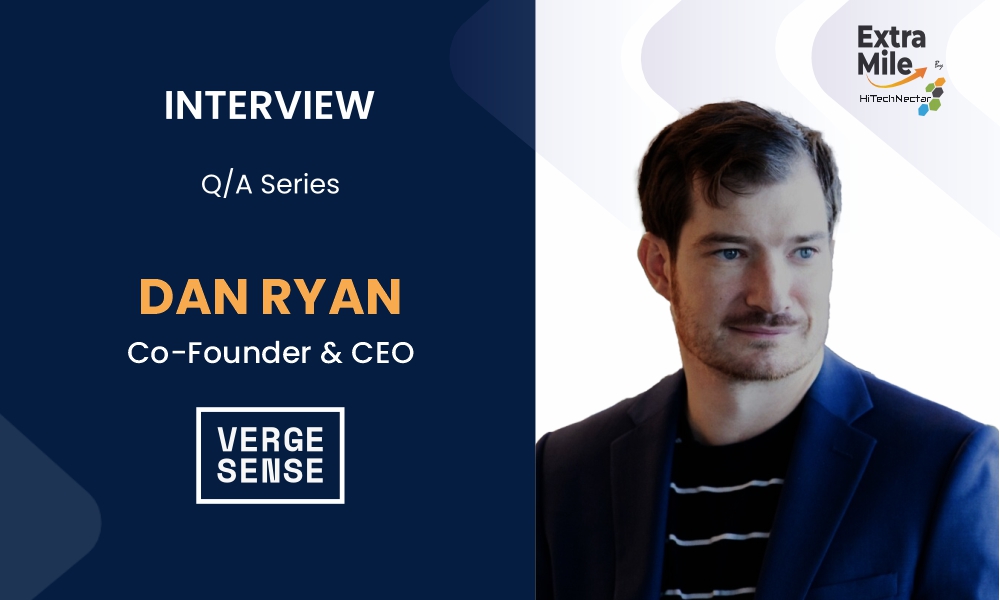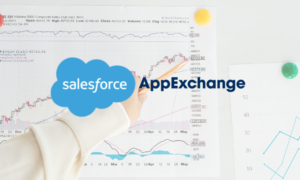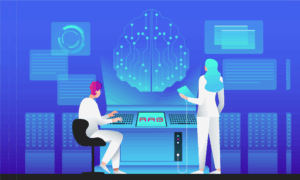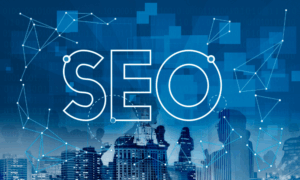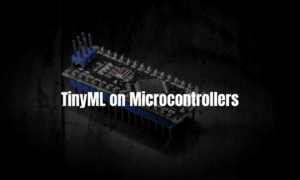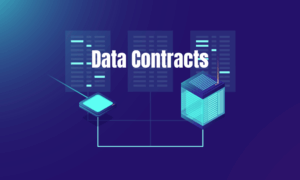Welcome to ExtraMile by HiTechNectar, where we bring you exclusive insights from industry leaders who are pioneering the way in technology and innovation.
Today, we are honored to have a discussion with Dan Ryan, Co-Founder and CEO of VergeSense, a company that is at the forefront of workplace analytics and occupancy intelligence. VergeSense helps organizations use their office spaces using AI-powered sensors and real-time data, making workplaces smarter, more efficient, and employee-friendly.
Dan’s expertise in tech and workspace innovation has driven VergeSense to become a leader in this space, with groundbreaking products like their new Infinity Area Sensor.
Today, we will explore his journey, the future of small workplaces, and how data is reshaping the way we work.
Welcome, Dan! Let’s get started…
Q1. You have an extensive career in the tech realm with remarkable contributions to workspace analytics. We would like to hear about your inspirations and your journey so far.
Ans. My journey has always centered around bridging the physical and digital worlds to unlock smarter, more responsive environments. That started back in 2011 when I founded ByteLight, where we developed LED-based indoor positioning technology to bring location intelligence indoors. After ByteLight was acquired by Acuity Brands, I helped launch their IoT division, continuing to explore how technology can reshape physical spaces.
In 2017, I co-founded VergeSense with a simple but powerful goal: to change the way workplace decisions are made. Fast forward to today, and VergeSense has grown into the leading Occupancy Intelligence Platform. We bring together data from sensors, Wi-Fi, badge systems, and booking tools to give workplace and real estate teams the insights they need to make smart, confident decisions.
What really drives me is the chance to help organizations design spaces that truly work—for their people, their goals, and the planet. We’re not just tracking what’s happening in a space; we’re using AI to offer clear, actionable recommendations that tell you what’s happening and help you decide what to do next.
Q2. Occupancy intelligence and workspace analytics are among the emerging sectors at present. What key practices have been dominating this industry over the years?
Ans. The rise of hybrid work fundamentally changed the way organizations need to think about their spaces.
In the past, real estate decisions were based largely on static assumptions, like headcount or scheduled assignments. But today, unpredictable occupancy trends demand a dynamic, data-driven approach. Workplace leaders can no longer rely on outdated models; they need real-time insights to understand how spaces are actually being used day-to-day.
What we’ve seen is a clear evolution: first, the need for better data—capturing not just where people are, but how they use space. Then, the need for analytics—to interpret that data at scale across buildings, floors, and regions. And now, most recently, the need for decision support tools—AI-powered platforms that not only visualize what’s happening but recommend what to do next.
The trend has only intensified as organizations face pressure to optimize portfolios, cut costs, and do more with fewer resources. Smart space management is no longer a nice-to-have—it’s a strategic necessity.
Q3. VergeSense has recently launched the Infinity Area Sensor with more than 10 years of battery life. What other possibilities does this tool unlock?
Ans. The Infinity Area Sensor represents a major leap forward in workplace intelligence. It’s not just the 10+ year battery life—which significantly reduces maintenance and makes it easier to scale across large portfolios—that sets it apart. Infinity unlocks new levels of intelligence through several key innovations.
It enables automatic space change detection, using AI to recognize when layouts shift—whether it’s a new neighborhood, a reconfigured meeting area, or a change in desk density. This means workplace teams always have an up-to-date view of their environments without needing to manually update floor plans.
Additionally, Infinity’s ultra-efficient battery design can help organizations meet their sustainability goals by slashing the carbon footprint up to 25X of traditional wired or “battery-less” alternatives.
Q4. What is portfolio management, and how does occupancy intelligence support planning and managing portfolios? Any use cases will add to our audience’s understanding in this regard.
Ans. Portfolio management is about making strategic decisions across your entire real estate footprint—right-sizing, relocating, redesigning, or rethinking space based on how it supports your business goals. Occupancy intelligence plays a crucial role here.
How can you make decisions about expanding or consolidating your space without a view into space utilization today? For example, one of our customers, Fresenius Medical Care, used VergeSense to make the decision to consolidate its North American headquarters, saving $60M over 10 years. The key is visibility. You can’t manage what you can’t measure.
Q5. Why should we head toward a sustainable future? How do we establish a sustainable workspace for this purpose?
Ans. Sustainability is no longer optional—it’s a business imperative. Real estate is one of the largest contributors to carbon emissions, and unused or inefficiently used space plays a big part.
Occupancy intelligence helps identify where you can reduce your footprint without sacrificing employee experience. That might mean downsizing, consolidating, or simply repurposing space more effectively. A sustainable workspace is one that adapts to how people actually work—and uses data to ensure resources are used wisely, not wastefully.
Q6. Data is a core component of every organization. What roles do data and analytics play in making workspace decisions?
Ans. Data is the foundation of smart workplace decisions. It takes the guesswork out of planning. With analytics, you can uncover usage patterns, spot inefficiencies, validate assumptions, and test ideas before making costly changes.
Our Occupancy Intelligence Platform unifies data from sensors, Wi-Fi, badge systems, and booking tools—giving our customers a single source of truth. Whether you’re deciding to open a new office, shrink your footprint, or redesign a floor plan, having the right data enables confident, agile decision-making.
Q7. Do you believe an employee-centric workspace can drive significant growth to businesses? What strategies can be helpful for constructing an employee-oriented workspace?
Ans. Absolutely. A workspace that’s aligned to employee needs directly supports productivity, collaboration, and retention.
The best-performing workplaces today aren’t just efficient—they’re resonant. That starts with listening to your workforce and using data to understand what’s actually supporting them day to day. Strategies like creating diverse space types (focus areas, collaborative zones, social hubs), removing friction by making spaces easy to navigate and reserve, and providing employees with the right spaces they need, when they need them—these are all critical. An employee-centric workspace is a competitive advantage.
Q8. VergeSense is surely leading the industry currently. What are your long-term goals for the company, and what strategies do you want to adopt to attain a competitive edge?
Ans. Our long-term vision is to be the decision-making layer for workplace and real estate strategy. We’re moving beyond just data collection into AI-powered recommendations, predictive planning, and proactive space optimization.
The key to our strategy is integration—we unify every relevant source of occupancy data so customers can manage their space portfolios holistically. As the workplace continues to evolve, our competitive edge will come from helping customers act—not just analyze. We’re building a platform that empowers smarter decisions at every level—from the building to the boardroom.
Explore Our Other Insightful Interviews:
